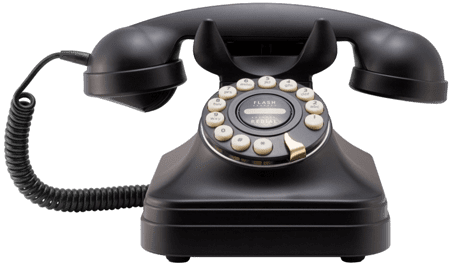Dial Tone

Analog or POTS Lines
Plain Old Telephone Service (POTS) is the voice-grade telephone service that is based on analog signal transmission, that was common before the advent of advanced forms of telephony such as PRI/T1, cellular telephone systems, and Voice over Internet Protocol (VoIP). It remains the basic form of residential and small business service connection to the telephone network in the US. The term reflects the technology that has been available since the introduction of the public telephone system in the late 19th century, in a form mostly unchanged despite the introduction of Touch-Tone dialing, electronic telephone exchanges and fiber-optic communication into the public switched telephone network (PSTN).PRI/T1
Primary Rate Interface (PRI) is a standardized telecommunications service level within the Integrated Services Digital Network (ISDN) specification for carrying multiple DS0 voice and data transmissions between a network and a user.
PRI is the standard for providing telecommunication services to offices. It is based on the T-carrier (T1) line in the US and Canada, and the E-carrier (E1) line in Europe. The PRI line consists of 23 voice plus 1 data channels in the US and Canada, while an E1 has 30 voice and 2 data channels in Europe.
The PRI has the ability to provide Direct Dialing Inwards (DID) and supports Caller IDSIP Trunking
SIP Trunking is a Voice over Internet Protocol (VoIP) and streaming media service based on the Session Initiation Protocol (SIP) by which Internet telephony service providers (ITSPs) deliver telephone services and unified communications to customers equipped with SIP-based private branch exchange (IP-PBX) and Unified Communications facilities. Most Unified Communications software applications provide voice, video, and other streaming media applications such as desktop sharing, web conferencing, and shared whiteboard.High Speed Internet
High Speed Internet is a term used to describe a multitude of technologies that can be deployed to provide access to the internet at speeds far higher than dial up. There are many terms that are used interchangeably including “broad band”, “digital subscriber line or DSL”, “Asynchronous Transfer Mode or ATM” and “Frame Relay”
The PRI has the ability to provide Direct Dialing Inwards (DID) and supports Caller ID


